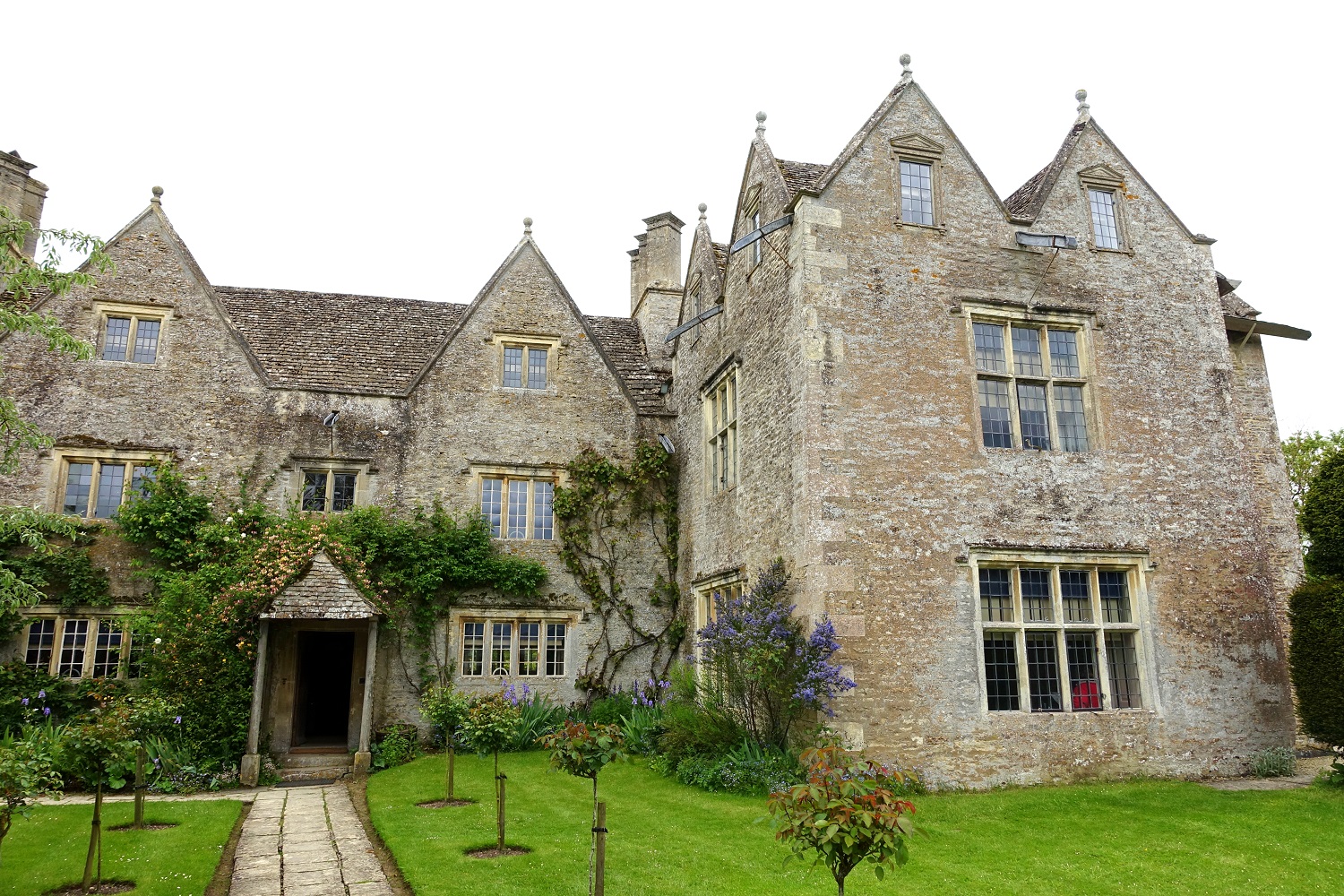Kelmscott Manor, a former farmhouse at the edge of Kelmscott village, adjacent to the River Thames, was built with local limestone in about 1600, with an additional wing added to the northeast corner in about 1665. William Morris chose it as his summer home, signing a joint lease with the Pre-Raphaelite painter Dante Gabriel Rossetti in the summer of 1871. Morris loved the house, which he considered so natural in its setting as to be almost organic as if it had “grown up out of the soil”. It is now owned and managed by the Society of Antiquaries of London, which is charged by its Royal Charter of 1751 with ‘the encouragement, advancement, and furtherance of the study and knowledge of the antiquities and history of this and other countries. The Pre-Raphaelite Brotherhood, or the Pre-Raphaelites, was a group of English painters, poets, and critics, founded in 1848 by William Holman Hunt, John Everett Millais, and Dante Gabriel Rossetti. They were joined by William Michael Rossetti, James Collinson, Frederic George Stephens, and Thomas Woolner to form a seven-member “brotherhood”. The group’s intention was to reform art by rejecting what they considered to be the mechanistic approach to it that had been adopted by artists who succeeded Raphael and Michelangelo. They felt that the Classical poses and compositions of Raphael in particular had had a deleterious effect on English art and so they aspired to an art that had wider appeal achieved through a return to the directness and simplicity of the medieval style. Morris, the prime mover of the Arts & Crafts Movement, was closely associated not only with Rossetti but with the later generation of Pre-Raphaelites, in particular Edward Burne-Jones.
On entering the village, located near Lechlade in the flatter part of the region, it is instantly clear how it was that Morris was captivated by it. Presumably, it was much more of a working community in the late 19th century, which would have appealed to the man who, above all, appreciated practicality, and whilst it has lost much of the paraphernalia of the farming life, it retains a strongly rural atmosphere, not least because of its almost secret situation, tucked away at the end of a network of narrow lanes. Z-shaped, with the church at one end and the core of the village, including a pub and Kelmscott Manor, at the other, the village itself is partially formed out of the ideals of the Arts & Crafts Movement: the Morris Memorial Hall was designed by the architect and furniture designer, Ernest Gimson, and, shortly after the remains of the truncated medieval stone cross by the pub, two semi-detached cottages designed by Philip Webb bear the celebrated plaque of Morris recline beside a tree. Signposts are few – finding first the village and then the house is a bit like a game.
A game, however, with a reward. If you are expecting a Morris shrine, where awestruck followers may pray to their god, and the merely curious treated with lofty or mealy-mouthed condescension, you will be delighted to discover this is not the case. The Manor is a museum, with exhibits that are not to be touched, but the atmosphere within is not remotely precious, just respectful and affectionate. The rooms are filled with examples of the work of Morris, of the Pre-Raphaelites and in particular Burne-Jones and Dante Gabriel Rossetti, the fine furniture of Philip Webb, and many other items belonging to the Morrises or Rossetti, including Dürer woodcuts and Chinese and Turkish porcelain. Helpful and knowledgeable custodians are present to keep a discreet watch and to answer questions with honest enthusiasm. There are houses across our country where one sometimes feels like a barely tolerated interloper – but not here.
In a corner of the garden is the old three-seat privy, where Morris, it is said, looking out over the garden, was inspired to develop his celebrated wild-strawberry thief fabric design. That is perfectly understandable as there is a slow pace here, even though it is open to the public, that invites contemplation. Some flavor of that can be gleaned from the cover illustration of his utopian novel, ‘News from Nowhere’, which features a view of the house that plays a significant role in the story of William Guest, who falls asleep after returning from a meeting of the Socialist League and awakes to find himself in a future society based on common ownership and democratic control of the means of production.
Of course, the pleasures of the simple life are more easily secured when you have the education and means that Morris enjoyed. But the sentiments he expressed through his work have much to commend them and anyone wishing to understand that side of the English character that rejects frivolity in art will get much out of a visit here.
There is a very pleasant garden and café adjacent to the house itself.
Morris, his wife Jane and children Jenny and May are buried in the grounds of St George’s church, the interior of which is decorated with 13th century wall paintings.


0 Comments